Home>Gardening & Outdoor>Landscaping Ideas>Why Is Grass Seed Coated
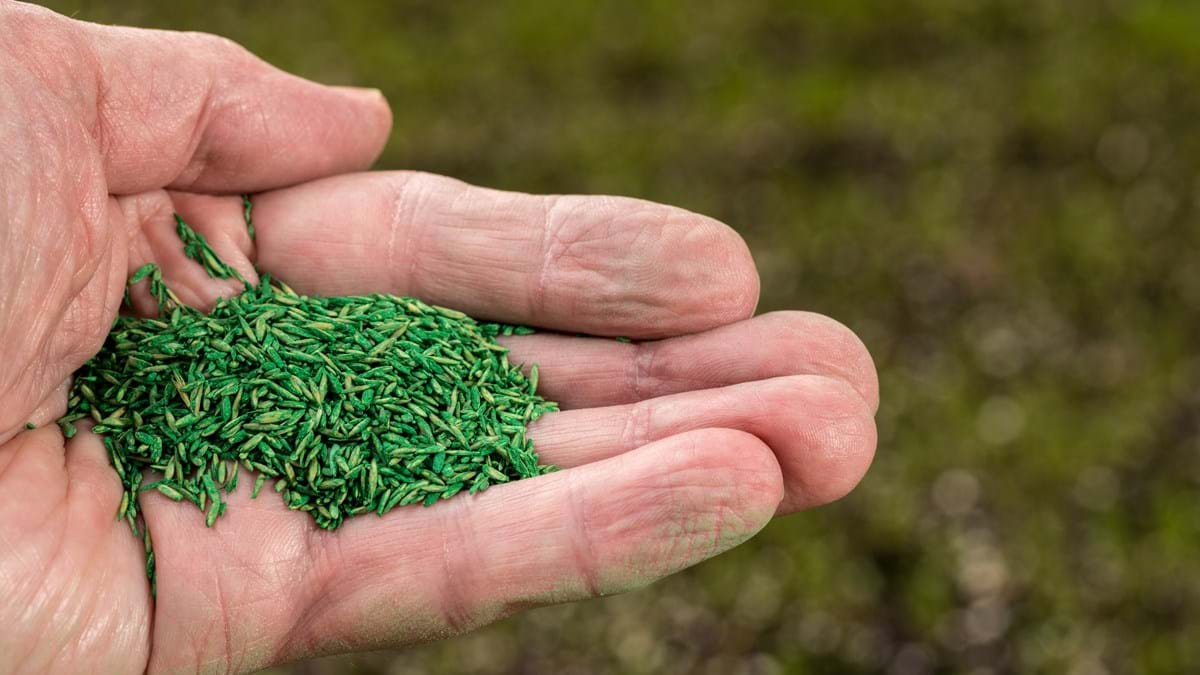

Landscaping Ideas
Why Is Grass Seed Coated
Modified: March 24, 2024
Discover the benefits of coated grass seed for your landscaping ideas. Learn why coated grass seed is a smart choice for your lawn.
(Many of the links in this article redirect to a specific reviewed product. Your purchase of these products through affiliate links helps to generate commission for Storables.com, at no extra cost. Learn more)
Introduction
When it comes to creating a lush, vibrant lawn, the type of grass seed you choose can make a significant difference. One innovative option that has gained popularity among homeowners and landscapers is coated grass seed. This specialized seed is designed to enhance germination and promote healthy growth, offering a range of benefits that contribute to a thriving lawn.
Coated grass seed is a product of advanced technology and horticultural expertise, aimed at addressing common challenges associated with traditional grass seeding methods. By understanding the unique properties and advantages of coated grass seed, you can make informed decisions to achieve the green, resilient lawn you desire.
In the following sections, we will delve into the various aspects of coated grass seed, exploring its benefits, types of coatings, working mechanisms, and important considerations for successful application. Whether you are a seasoned gardener or a novice homeowner looking to improve your outdoor space, this comprehensive guide will equip you with valuable insights into the world of coated grass seed and its potential to transform your lawn into a verdant oasis.
Key Takeaways:
- Coated grass seed promotes faster, healthier lawn growth by providing enhanced germination, protection from environmental stress, and reduced watering needs. It’s like giving your lawn a superhero shield for strong, resilient roots!
- Different types of coatings for grass seed offer tailored solutions for specific lawn care needs, such as water conservation, pest resistance, and sustainable growth. It’s like choosing the perfect outfit for your lawn to thrive in any environment!
Read more: What Is A Seed Coat
Benefits of Coated Grass Seed
-
Enhanced Germination: Coated grass seed is formulated to provide an optimal environment for germination, leading to quicker and more uniform sprouting compared to traditional uncoated seeds. This can significantly reduce the time it takes for your lawn to establish itself, resulting in a fuller and more consistent coverage of grass.
-
Protection and Nutrition: The coating of grass seed often contains essential nutrients and protective agents that shield the seed from harsh environmental conditions, such as extreme temperatures and moisture fluctuations. This protective layer acts as a safeguard, ensuring that the seed remains viable and receives the necessary nourishment for robust growth.
-
Reduced Watering Frequency: Coated grass seed can exhibit improved water retention properties, allowing for more efficient use of irrigation. This can be particularly advantageous in arid or drought-prone regions, as the enhanced water retention capabilities of the coating help sustain the germinating seeds, reducing the need for frequent watering.
-
Minimized Seed Waste: The coating of grass seed can enhance its visibility during sowing, enabling precise application and reducing the likelihood of over-seeding or uneven distribution. This not only conserves seed but also streamlines the seeding process, resulting in a more economical and effective use of resources.
-
Disease and Pest Resistance: Some coated grass seed formulations incorporate elements that offer protection against common lawn diseases and pests, bolstering the resilience of the emerging grass. This proactive approach to pest and disease management can contribute to the long-term health and vitality of the lawn, minimizing the need for reactive treatments.
-
Improved Adhesion and Stability: The coating on grass seed can enhance its adhesion to the soil, preventing displacement due to wind or water erosion. This promotes better seed-to-soil contact, which is crucial for successful germination and root establishment, ultimately leading to a more robust and enduring lawn.
-
Customized Formulations: Coated grass seed is available in a variety of specialized formulations tailored to specific environmental conditions and application requirements. Whether you are dealing with shaded areas, high-traffic zones, or specific soil types, there are coated seed options designed to address these unique challenges, offering tailored solutions for diverse landscaping needs.
Incorporating coated grass seed into your lawn establishment or renovation projects can yield a multitude of benefits, ultimately contributing to the creation of a resilient, vibrant, and visually appealing lawn. By harnessing the advantages of coated grass seed, you can expedite the establishment process, enhance the overall health of your lawn, and set the stage for long-term enjoyment of a lush and thriving outdoor space.
Types of Coating for Grass Seed
The types of coatings applied to grass seed play a pivotal role in determining the performance and functionality of the seed. Each type of coating is designed to address specific challenges and optimize the germination and establishment process. Understanding the various coatings available can empower homeowners and landscapers to select the most suitable option for their unique lawn care needs. Here are some common types of coatings for grass seed:
-
Polymer Coatings: Polymer coatings are widely used in coated grass seed formulations due to their versatility and effectiveness. These coatings create a protective barrier around the seed, offering insulation against temperature fluctuations and moisture loss. Additionally, polymer coatings can enhance the visibility of the seed, facilitating precise application and reducing the risk of over-seeding. The controlled release of nutrients incorporated into some polymer coatings further supports the initial growth stages of the emerging grass, promoting robust development.
-
Biodegradable Coatings: Biodegradable coatings are designed to gradually break down over time, releasing nutrients and organic compounds that nourish the germinating seed and support early growth. These coatings are environmentally friendly and contribute to sustainable lawn establishment practices. By providing a steady supply of essential elements, biodegradable coatings promote the development of strong, healthy roots and contribute to the long-term vitality of the grass.
-
Hydrophilic Coatings: Hydrophilic coatings are engineered to attract and retain moisture, effectively enhancing the water retention capabilities of the grass seed. This is particularly beneficial in regions characterized by low rainfall or limited access to irrigation, as the hydrophilic properties of the coating help sustain the germination process in challenging environmental conditions. By mitigating moisture stress during the critical germination phase, hydrophilic coatings contribute to higher germination rates and improved seedling survival.
-
Fungicide and Insecticide Coatings: Some coated grass seed varieties incorporate fungicides and insecticides within the coating to provide protection against common lawn pests and diseases. These specialized coatings act as a proactive defense mechanism, safeguarding the emerging grass from potential threats and minimizing the risk of pest-related damage or disease outbreaks. By integrating pest and disease management directly into the seed coating, these formulations contribute to the overall health and resilience of the lawn.
-
Colorant Coatings: Colorant coatings are designed to impart a distinct color to the grass seed, enhancing its visibility during sowing and ensuring uniform distribution. This type of coating simplifies the seeding process, allowing for precise application and reducing the likelihood of uneven coverage. Additionally, colorant coatings can aid in monitoring the progress of seeding activities, providing visual cues to assess the extent of seed dispersion and adjust seeding strategies as needed.
By familiarizing yourself with the diverse types of coatings available for grass seed, you can make informed decisions when selecting the most suitable option for your lawn care endeavors. Whether you prioritize environmental sustainability, pest and disease resistance, or water conservation, there is a range of coated grass seed formulations tailored to address your specific requirements, offering tailored solutions for successful lawn establishment and maintenance.
How Coated Grass Seed Works
Coated grass seed operates through a combination of innovative technologies and specialized formulations designed to optimize the germination and establishment process. The functionality of coated grass seed is rooted in the unique properties of the seed coating, which serves as a protective, nourishing, and performance-enhancing layer encapsulating the grass seed.
Upon closer examination, the working mechanism of coated grass seed can be attributed to several key factors:
-
Enhanced Germination Environment: The coating of grass seed creates an environment conducive to germination by regulating moisture levels and providing insulation against temperature fluctuations. This controlled microclimate promotes the activation of the seed's germination process, accelerating the emergence of healthy seedlings.
-
Nutrient Provision: Many coated grass seed formulations incorporate essential nutrients within the coating, ensuring that the germinating seedlings receive a consistent supply of nourishment during the critical early stages of growth. This targeted nutrient delivery supports robust root development and overall plant vigor, setting the foundation for a resilient and thriving lawn.
-
Moisture Retention: Coatings with hydrophilic properties excel in retaining moisture around the grass seed, mitigating the impact of water stress and promoting sustained germination. By optimizing moisture availability in the immediate vicinity of the seed, these coatings contribute to higher germination rates and improved seedling survival, particularly in arid or challenging environments.
-
Protection from Environmental Stressors: The protective barrier formed by the coating shields the grass seed from adverse environmental conditions, such as extreme temperatures, UV radiation, and soil-borne pathogens. This safeguarding effect enhances the resilience of the seedlings, reducing the likelihood of stress-induced setbacks during the early stages of growth.
-
Precision Sowing and Establishment: The coating of grass seed often incorporates colorants or visual markers that enhance the visibility of the seed during sowing. This facilitates accurate and uniform distribution, minimizing the risk of over-seeding and promoting even coverage across the designated area.
By harnessing these mechanisms, coated grass seed optimizes the conditions for successful germination and early growth, ultimately contributing to the establishment of a robust and visually appealing lawn. The synergistic effects of the seed coating's protective, nutritive, and performance-enhancing attributes culminate in accelerated establishment, improved resilience, and long-term vitality, making coated grass seed a valuable asset in lawn care and landscaping endeavors.
Considerations When Using Coated Grass Seed
When incorporating coated grass seed into your lawn establishment or renovation projects, several important considerations can influence the overall success of the seeding process and the subsequent development of your lawn. By taking these factors into account, you can maximize the benefits of coated grass seed and ensure optimal outcomes for your landscaping endeavors.
Read more: How To Use Yegbong Seed Coating Formula
Environmental Conditions
The environmental conditions in your region play a crucial role in determining the effectiveness of coated grass seed. Factors such as temperature, humidity, and sunlight exposure can impact the performance of the seed coating and the germination process. It is essential to select a coated grass seed formulation that aligns with the specific environmental challenges of your area, whether it involves extreme heat, prolonged periods of drought, or fluctuating moisture levels. By choosing a coating tailored to your local climate, you can enhance the resilience of the grass seed and promote successful establishment.
Soil Preparation
Prior to sowing coated grass seed, thorough soil preparation is essential to create an optimal bed for germination and root development. Assess the soil structure, fertility, and drainage characteristics to determine if any amendments or conditioning are necessary. Coated grass seed performs best in well-draining, nutrient-rich soil, so addressing any soil deficiencies or compaction issues can significantly improve the success rate of germination and the subsequent growth of the grass.
Watering and Irrigation
Proper watering practices are critical when using coated grass seed. While the seed coating may enhance water retention to some extent, it is important to provide consistent moisture during the germination phase without over-saturating the soil. Understanding the water requirements of the coated seed and adjusting your irrigation schedule accordingly can promote uniform germination and support the establishment of a healthy root system. Additionally, monitoring the moisture levels in the seeded area and adjusting watering practices based on environmental conditions can optimize the germination process.
Maintenance and Monitoring
After sowing coated grass seed, regular monitoring and maintenance are essential to ensure the successful establishment of the lawn. Keep an eye on the seeded area for signs of germination, and address any issues such as uneven coverage or potential pest activity promptly. Additionally, implementing a tailored maintenance regimen, including mowing, fertilization, and weed control, can support the ongoing development of the grass and maximize the benefits of the coated seed.
Read more: What Is The Blue Coating On Grass Seed
Seed Selection and Application
When selecting a coated grass seed variety, consider factors such as the grass species, intended use of the lawn area, and specific challenges you may encounter. Different coatings offer unique benefits, such as enhanced drought tolerance, disease resistance, or rapid establishment, so aligning the seed selection with your priorities can yield the best results. Furthermore, ensure precise and uniform application of the coated seed to achieve consistent coverage and optimize the utilization of the seed.
By carefully considering these factors and tailoring your approach to the unique characteristics of your lawn and local environment, you can harness the full potential of coated grass seed and lay the groundwork for a resilient, vibrant, and enduring lawn. Incorporating these considerations into your lawn care practices can elevate the success of your seeding efforts and contribute to the long-term health and beauty of your outdoor space.
Conclusion
In conclusion, the utilization of coated grass seed represents a significant advancement in modern lawn care practices, offering a host of benefits that contribute to the efficient establishment and long-term vitality of lawns. The innovative coatings applied to grass seed have revolutionized the traditional approach to seeding, addressing common challenges and enhancing the overall success of lawn establishment and renovation projects.
By harnessing the advantages of coated grass seed, homeowners and landscapers can expedite the germination process, promote uniform growth, and fortify the resilience of the emerging grass. The enhanced germination environment, nutrient provision, and moisture retention facilitated by the seed coatings create an optimal foundation for robust root development and sustained vitality, resulting in lush, vibrant lawns that withstand environmental stressors and thrive in diverse conditions.
Furthermore, the diverse types of coatings available for grass seed, including polymer coatings, biodegradable coatings, hydrophilic coatings, and specialized formulations with pest and disease resistance properties, offer tailored solutions to address specific lawn care needs. Whether it's combating water scarcity, enhancing pest resilience, or promoting sustainable growth, coated grass seed provides a versatile toolkit for achieving desired outcomes in lawn establishment and maintenance.
However, successful utilization of coated grass seed hinges on careful consideration of environmental conditions, thorough soil preparation, precise watering practices, vigilant maintenance, and strategic seed selection and application. By integrating these considerations into the seeding process, individuals can maximize the efficacy of coated grass seed and set the stage for the flourishing of their outdoor spaces.
In essence, the adoption of coated grass seed represents a proactive investment in the long-term health and beauty of lawns, aligning with sustainable and efficient lawn care practices. As the demand for resilient, visually appealing lawns continues to grow, coated grass seed stands out as a valuable tool in the arsenal of lawn care, offering a pathway to lush, enduring landscapes that enrich outdoor living experiences and elevate the aesthetic appeal of residential and commercial properties.
Frequently Asked Questions about Why Is Grass Seed Coated
Was this page helpful?
At Storables.com, we guarantee accurate and reliable information. Our content, validated by Expert Board Contributors, is crafted following stringent Editorial Policies. We're committed to providing you with well-researched, expert-backed insights for all your informational needs.
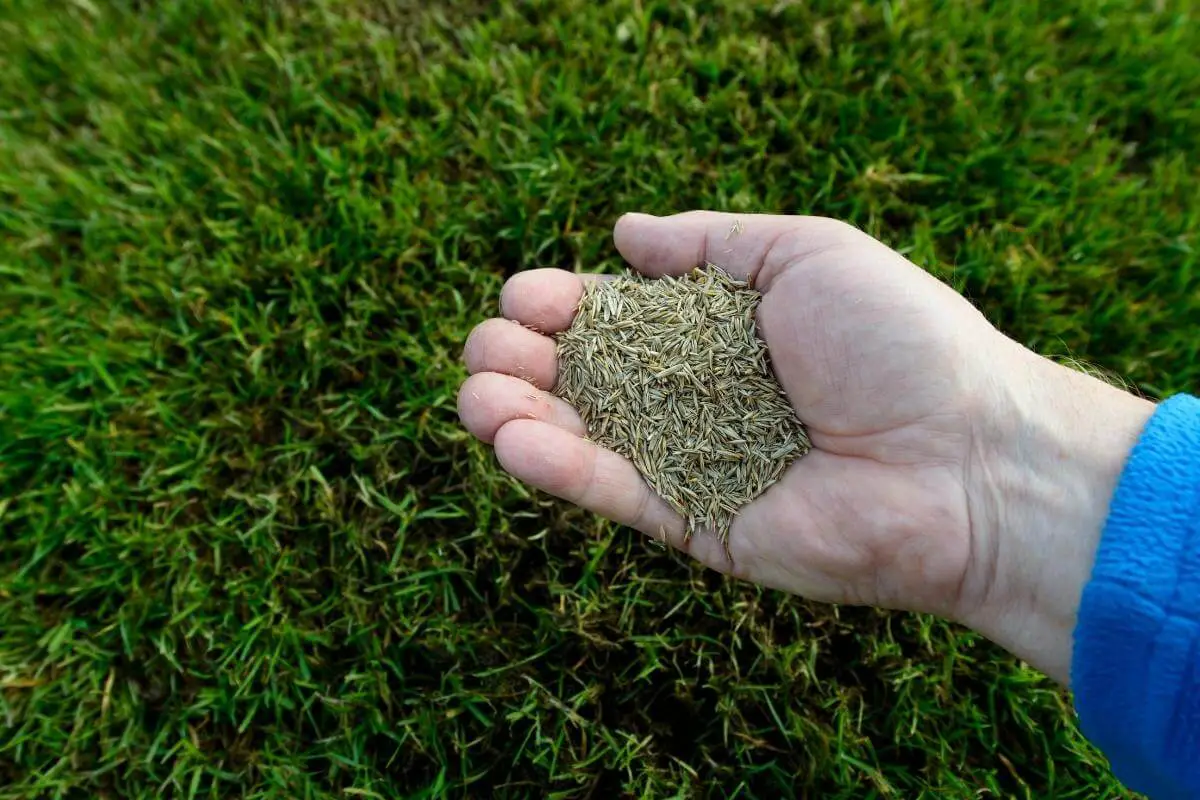
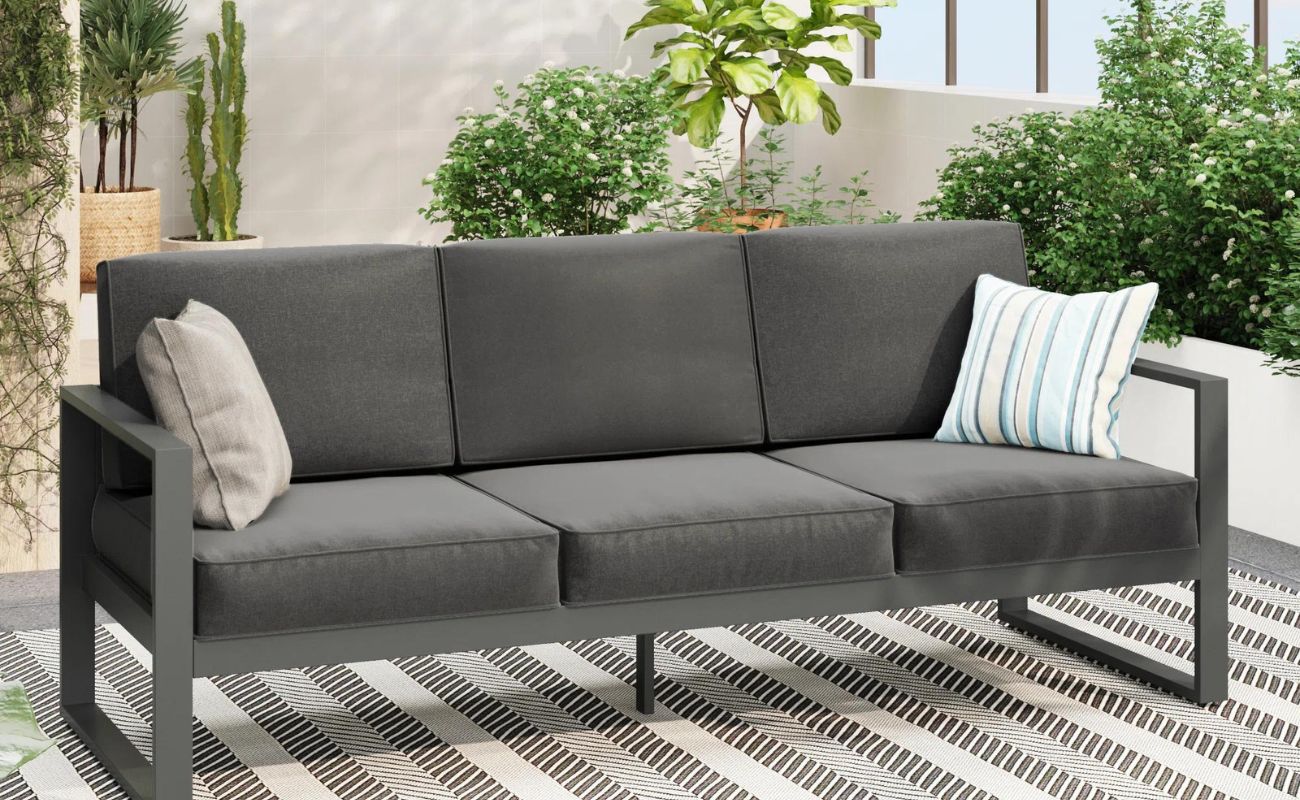
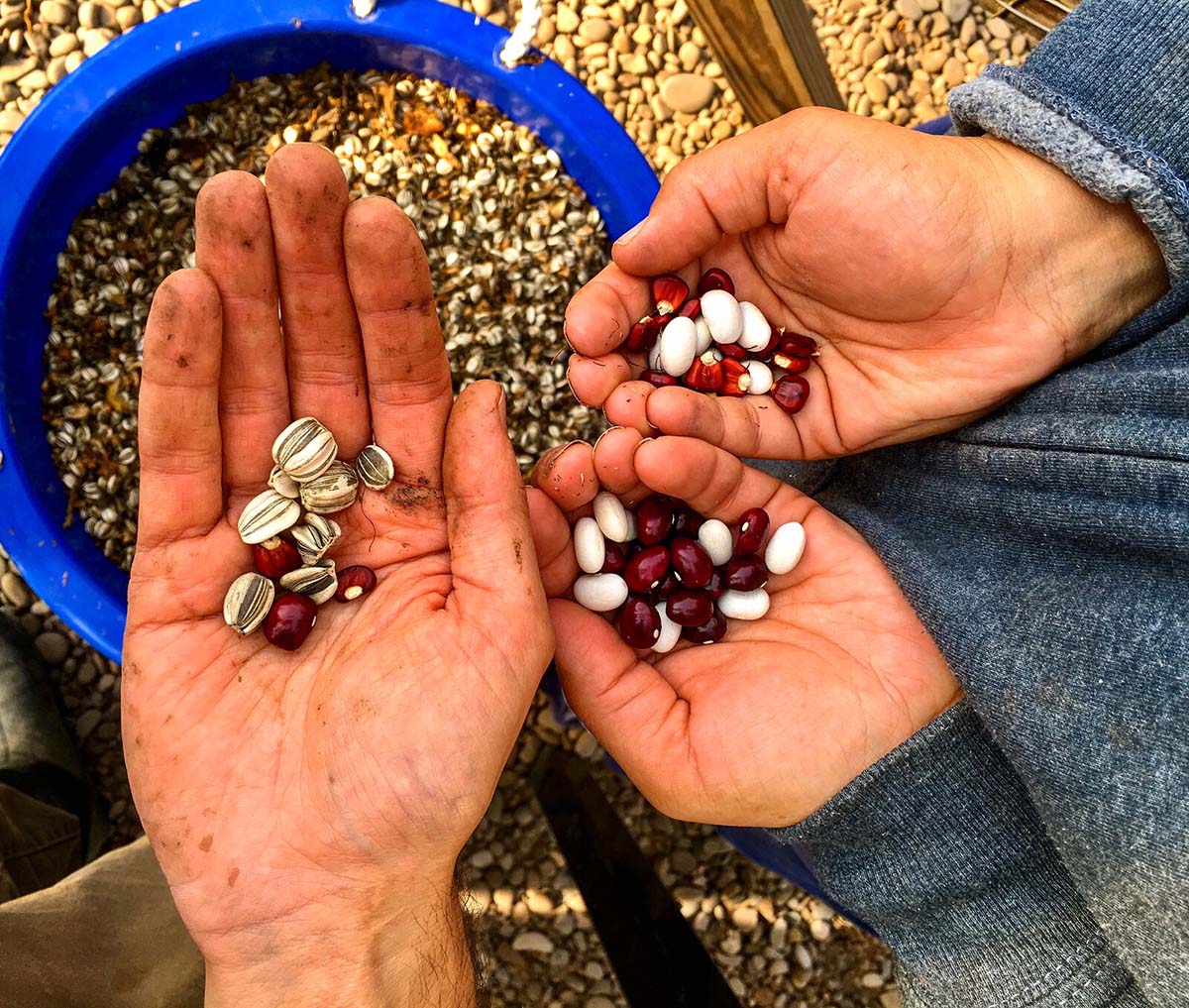
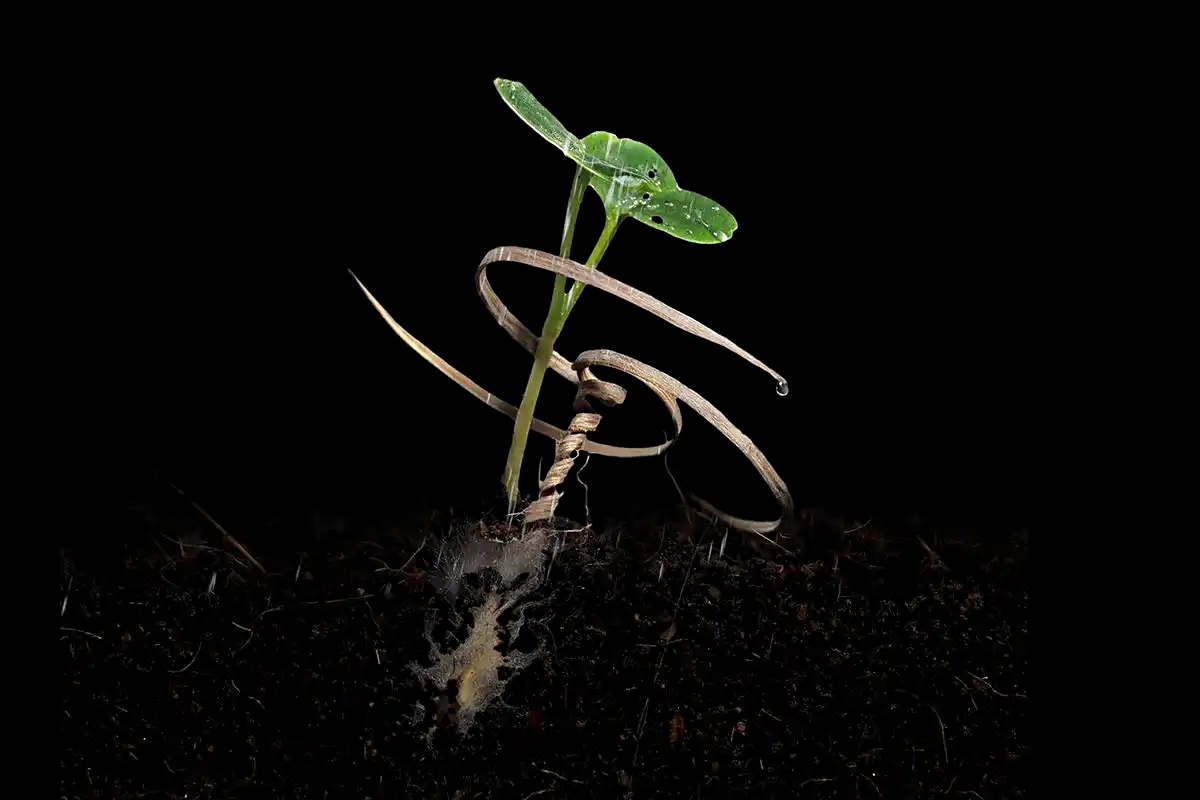
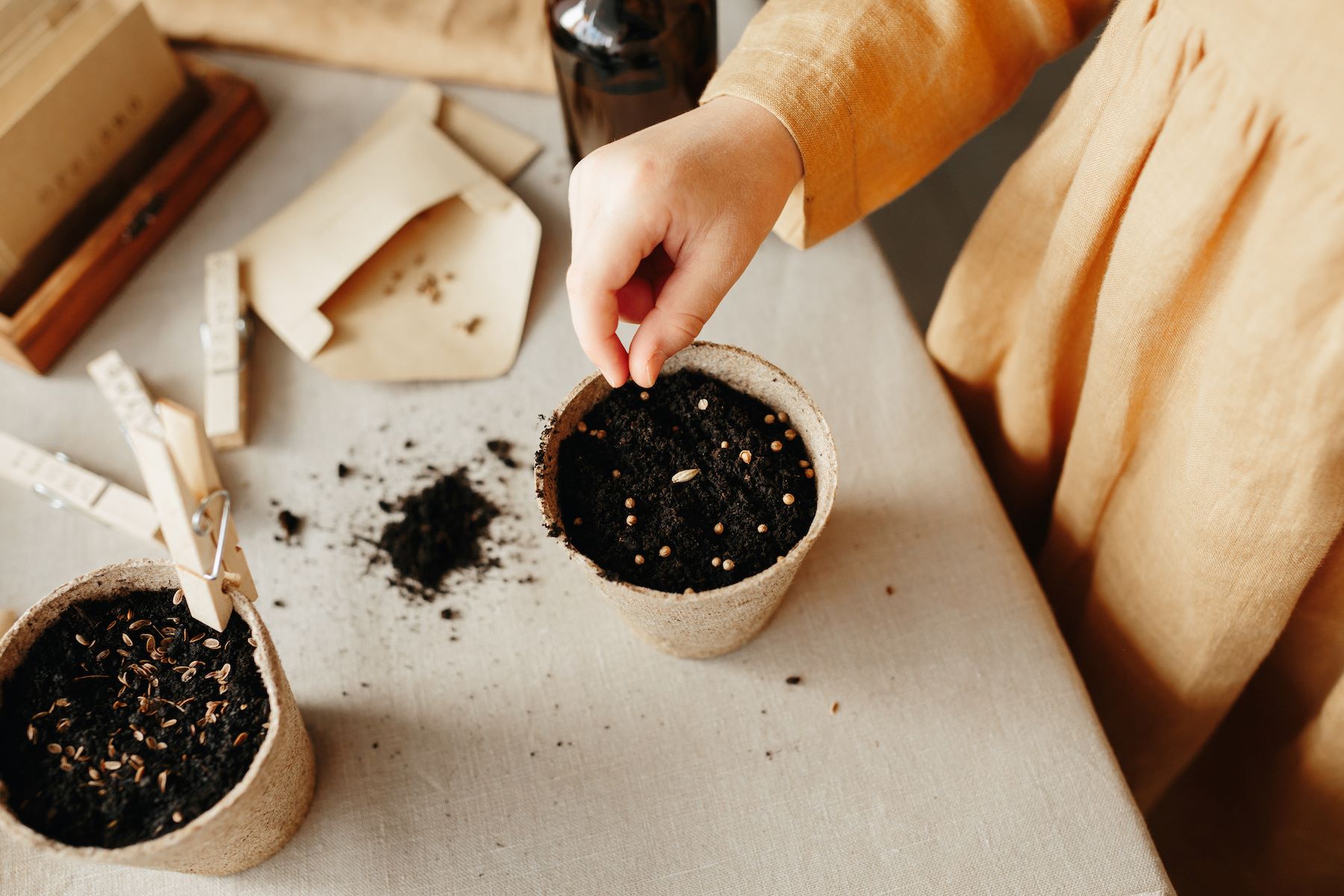
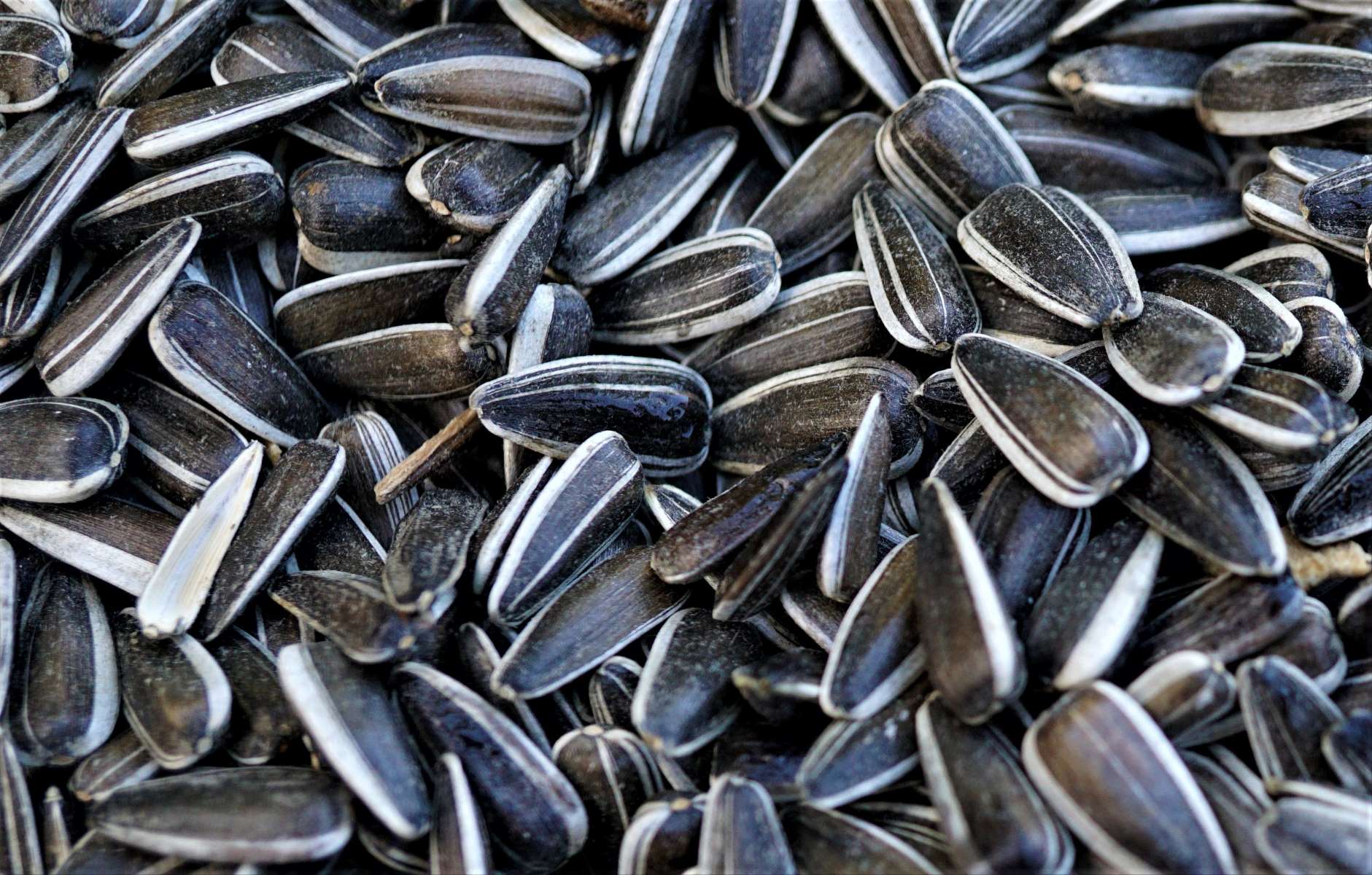
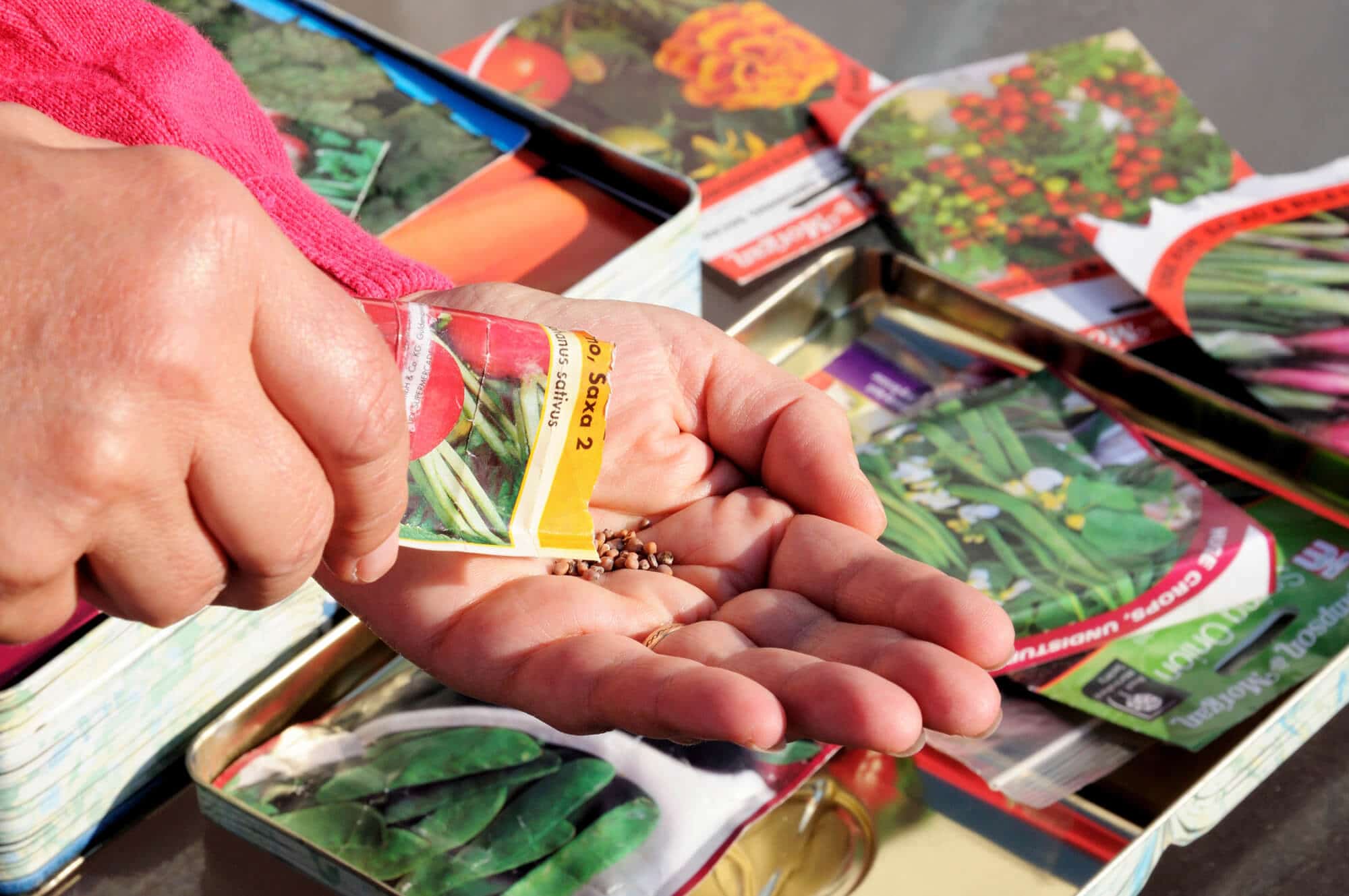
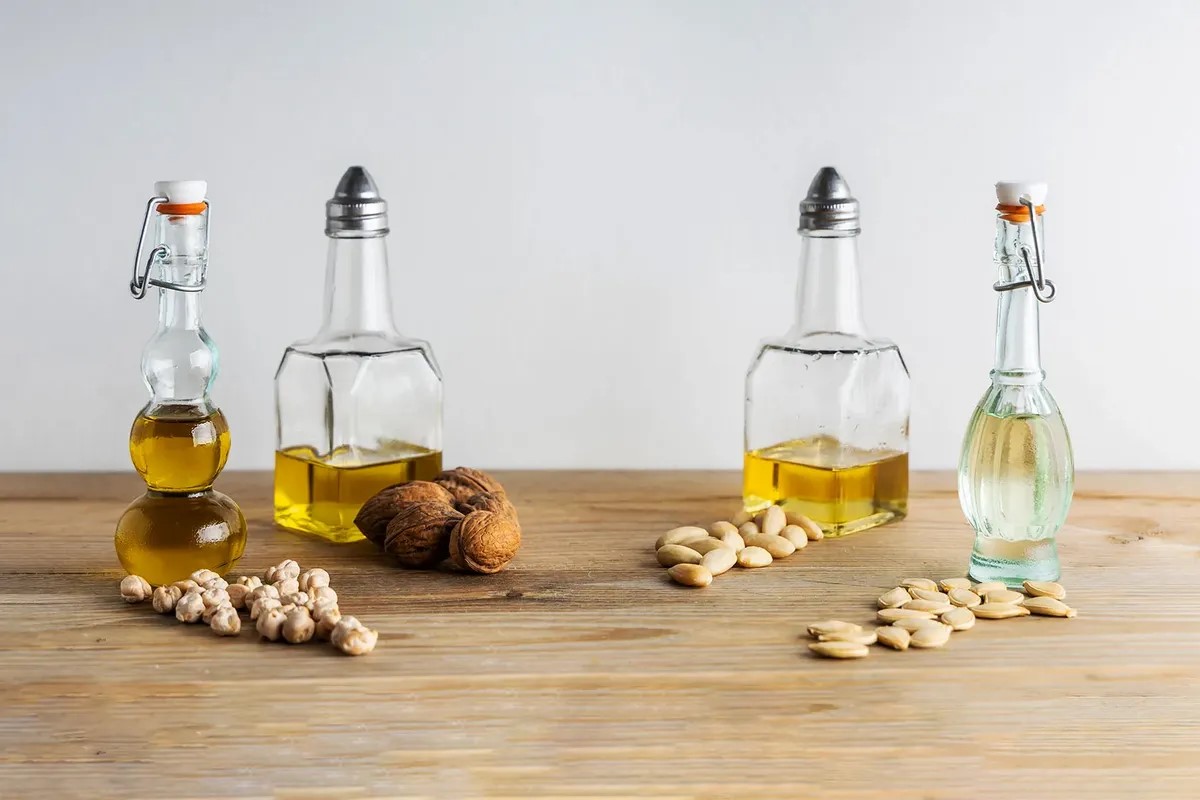

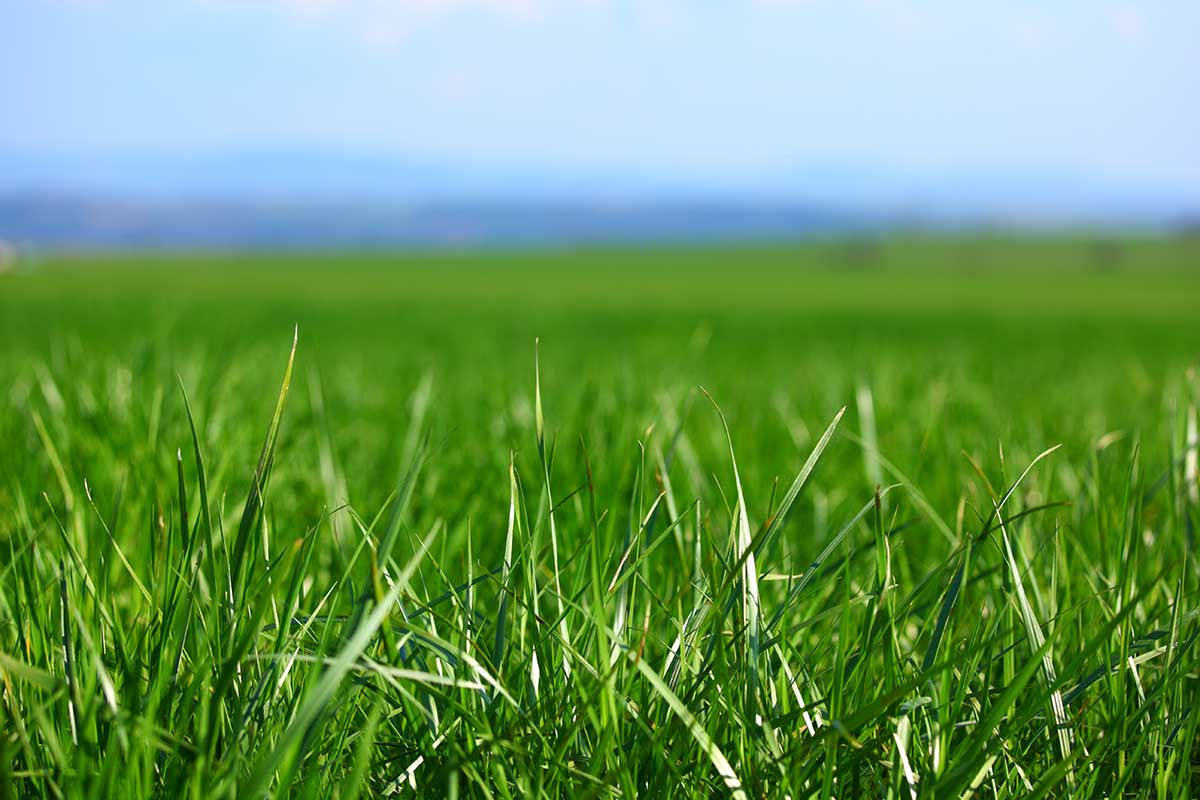
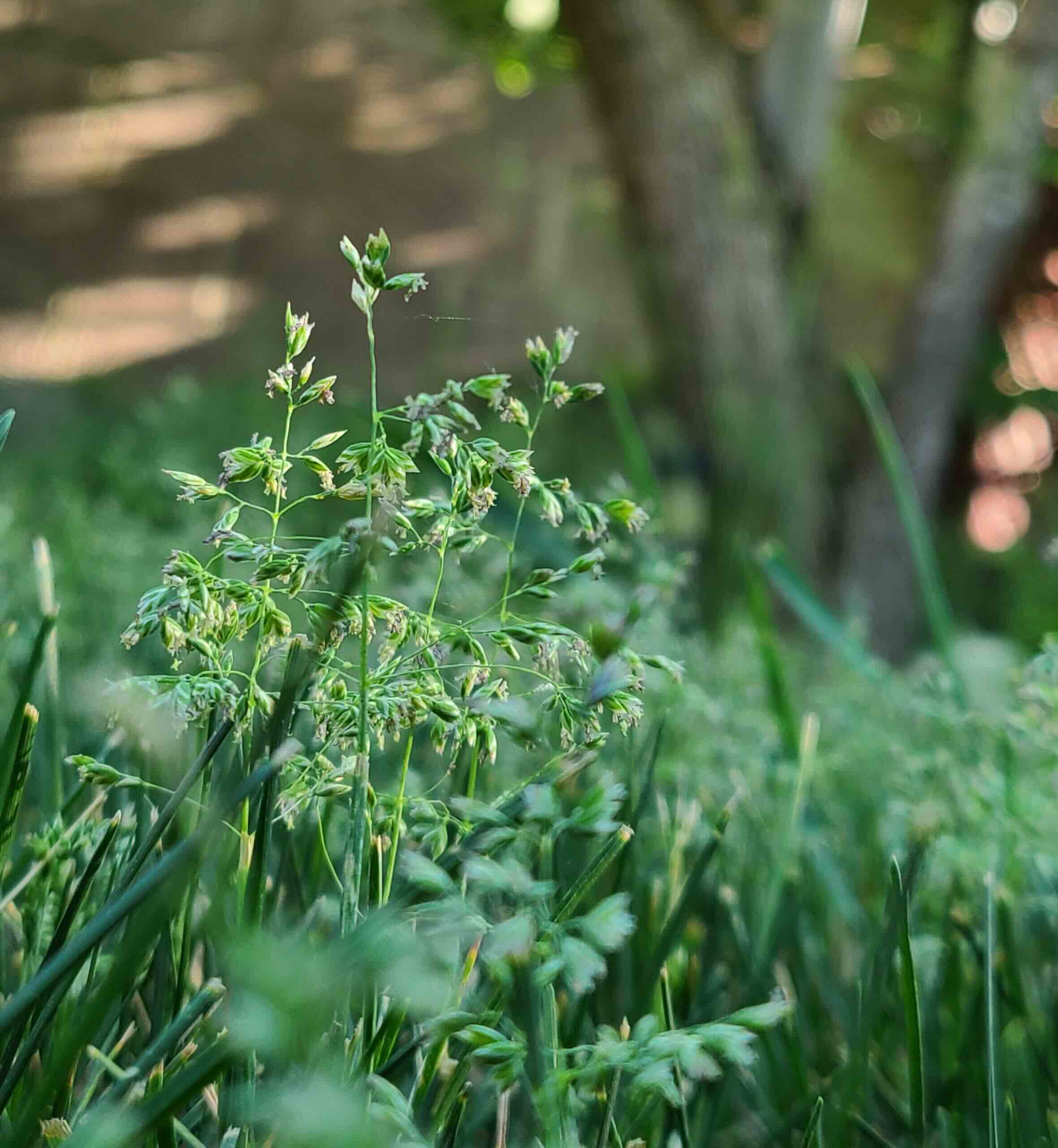
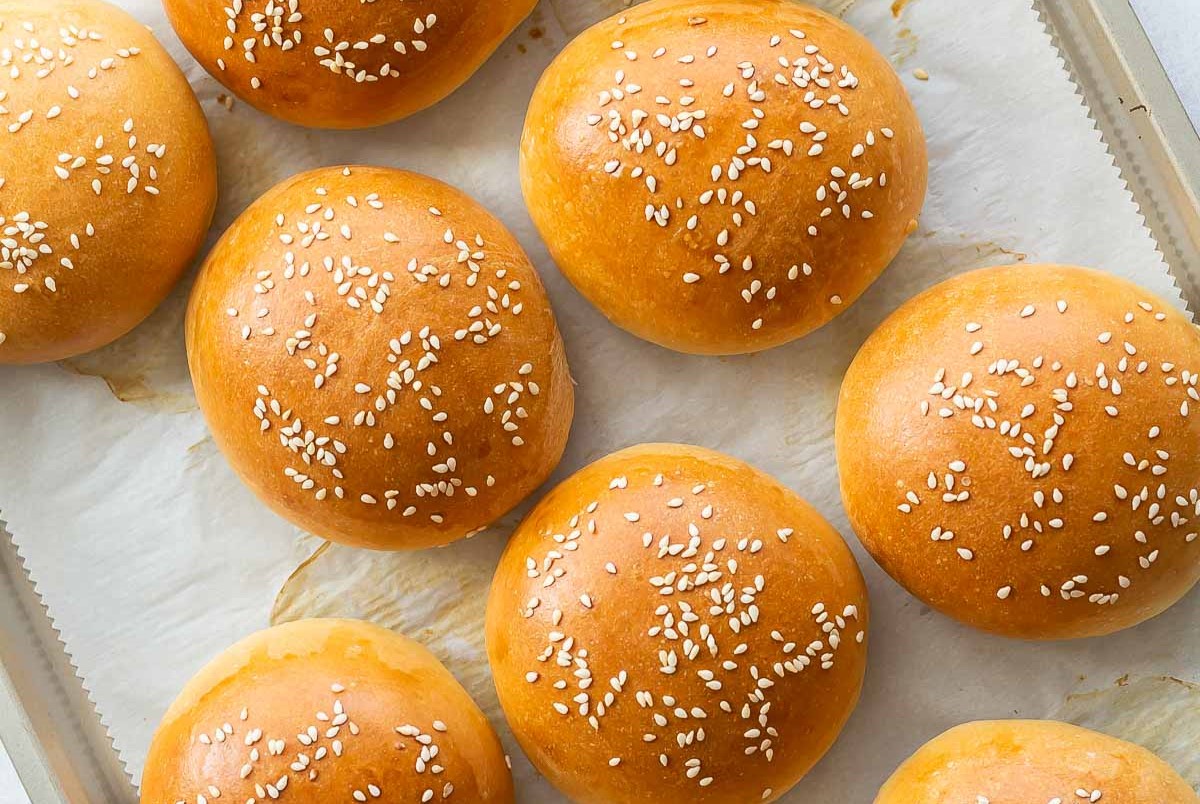


0 thoughts on “Why Is Grass Seed Coated”